Introduction
Kilimanjaro Packing List
Kilimanjaro Packing List Are you ready to conquer the majestic Mount Kilimanjaro? Embarking on the journey to Africa’s highest peak is an exhilarating experience, but proper preparation is key to reaching the summit. As you plan your adventure, one crucial aspect you cannot overlook is your packing list. And It’s essential to pack the right gear to ensure a successful and enjoyable climb. From sturdy hiking boots to high-quality thermal clothing, your ultimate Kilimanjaro packing list should be meticulously curated. In this article, we will guide you through the must-have essentials that will keep you comfortable, safe, and ready to tackle the challenges ahead. Whether you’re a seasoned hiker or a first-time climber, our comprehensive guide will ensure you’re equipped with everything you need for a memorable and triumphant journey to the rooftops of Africa. So, let’s dive in and discover the essential gear that will help you conquer Kilimanjaro!
Importance of Proper Gear for a Successful Summit
Embarking on a Mount Kilimanjaro expedition is no small feat. The extreme altitude, unpredictable weather conditions, and challenging terrain demand the right gear to ensure your safety and comfort throughout the climb. The right gear can make a world of difference in your overall experience and increase your chances of a successful summit. Investing in high-quality equipment is essential, as it will provide durability, protection, and reliability. Let’s explore the essential gear categories to consider for your Kilimanjaro adventure.
Essential clothing for Mount Kilimanjaro
Choosing the right clothing is crucial when preparing for a Kilimanjaro climb. Layering is key to adapting to fluctuating temperatures and maintaining comfort throughout the journey. As Your clothing should be lightweight, breathable, and capable of providing insulation. Here are the essential clothing items you should include in your packing list:
1. Base Layers: opt for moisture-wicking, quick-drying base layers that will keep you dry and comfortable during the climb. Merino wool or synthetic materials are excellent choices for base layers.
2. Mid Layers: Fleece jackets or softshell jackets are ideal for providing insulation and retaining body heat. Consider packing a few different thicknesses to accommodate varying temperatures.
3. Outer Layers: A waterproof and windproof jacket is essential to protect you from rain, snow, and strong winds. Look for a jacket with a breathable membrane to prevent overheating.
4. Pants: Choose comfortable hiking pants that are quick-drying and offer flexibility. Convertible pants can be a great option as they can be converted into shorts if needed.
5. Headwear: Don’t forget a warm beanie or hat to keep your head and ears protected from the cold. A wide-brimmed hat or a cap can also come in handy to shield you from the sun.
6. Gloves: Invest in high-quality gloves that provide insulation as while still allowing dexterity for gripping hiking poles or using camera equipment.
Remember, it’s important to pack enough clothing for the duration of your climb. Consider the number of layers you will need based on the route and time of year you plan to summit. Having extra layers ensures you can adjust to changing weather conditions and maintain your comfort throughout the climb
Kilimanjaro Gear List
If you are packing for your climb it is important to plan your clothing appropriately. This is why we recommend that you pack the following:
- Top Base Layer
- Bottom Base Layer
- 4-5 Pairs of Underwear
- 3-4 Short Sleeve
- 1 Insulated Trekking Pants
- 1-2 Long Sleeve Hiking Shirts
- 1-2 Pairs of Hiking Trousers
- 1 Insulated Winter Jacket
- 1 Polartec Fleece Jacket
- 1 Hard Shell Jacket
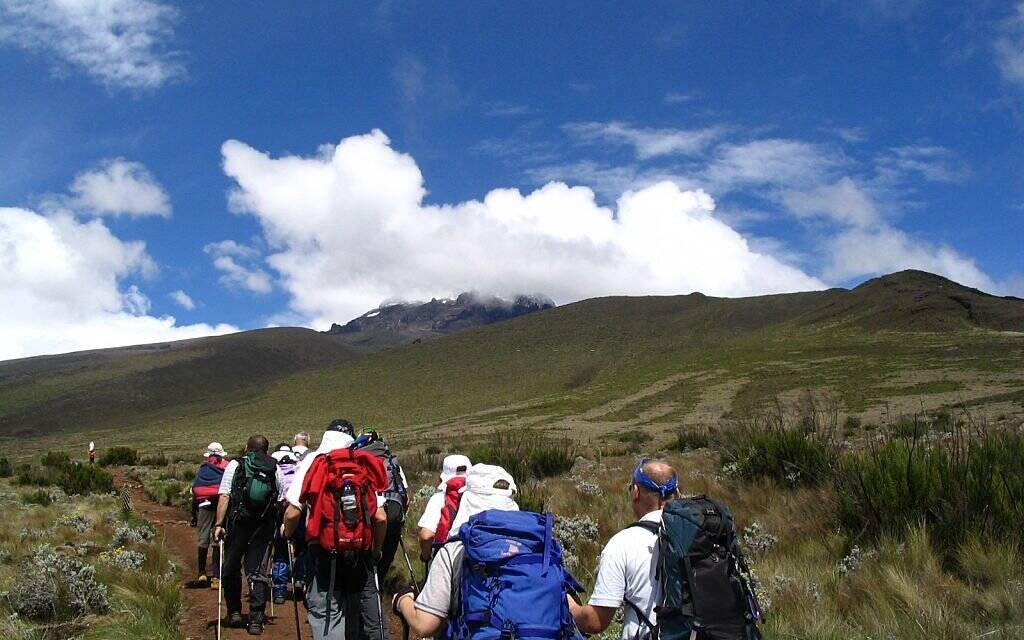
Footwear for Mount Kilimanjaro
Choosing the right footwear is crucial for a successful Kilimanjaro climb. As Your feet will be your most valuable asset on the mountain, so investing in a good pair of hiking boots is essential. Here’s what you should consider when selecting your footwear:
1. Hiking Boots: Look for sturdy, waterproof hiking boots with ankle support. Make sure they are well broken in before your climb to prevent blisters and discomfort.
2. Socks: Invest in moisture-wicking, thick hiking socks that provide cushioning and prevent blisters. Avoid cotton socks, as they retain moisture and can lead to discomfort.
3. Gaiters: Gaiters are protective coverings that wrap around your lower legs and feet, preventing debris, snow, and water from entering your boots. They are especially useful when hiking through scree or in snowy conditions.
Properly fitting footwear is crucial to preventing foot injuries and ensuring a comfortable climb. Take the time to find the right boots and socks that provide proper support and comfort for your feet.
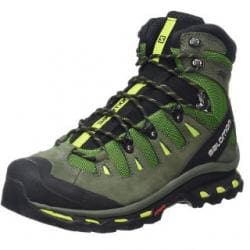
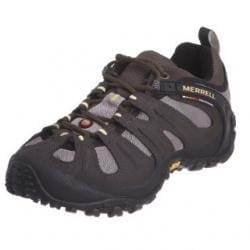


Backpack and other gear essentials
A well-organized and properly fitted backpack is essential for carrying all your gear on the climb. Here are some gear essentials you should include in your packing list:
1. Backpack: Choose a backpack with a capacity of at least 30-40 liters. Look for a backpack that is durable, comfortable, and has a good suspension system to distribute weight evenly.
2. Daypack: A smaller daypack is ideal for carrying essentials during daily hikes. It should have enough storage space for water, snacks, a camera, and other personal items.
3. Hiking Poles: Hiking poles provide stability, especially during steep ascents and descents. Look for lightweight, adjustable poles with comfortable grips.
4. Headlamp: A headlamp is essential for early-morning starts and late-night hikes. Make sure to bring extra batteries or a rechargeable power bank.
5. Sunglasses: Protect your eyes from harmful UV rays and glare by packing a pair of high-quality sunglasses. Polarized lenses are recommended to reduce eye strain.
6. Water Bottles: Staying hydrated is crucial on the mountain. Pack sturdy water bottles or hydration bladders with a total capacity of at least 3 liters.
Having the right gear essentials ensures you can carry everything you need while maintaining comfort and ease of movement throughout the climb.

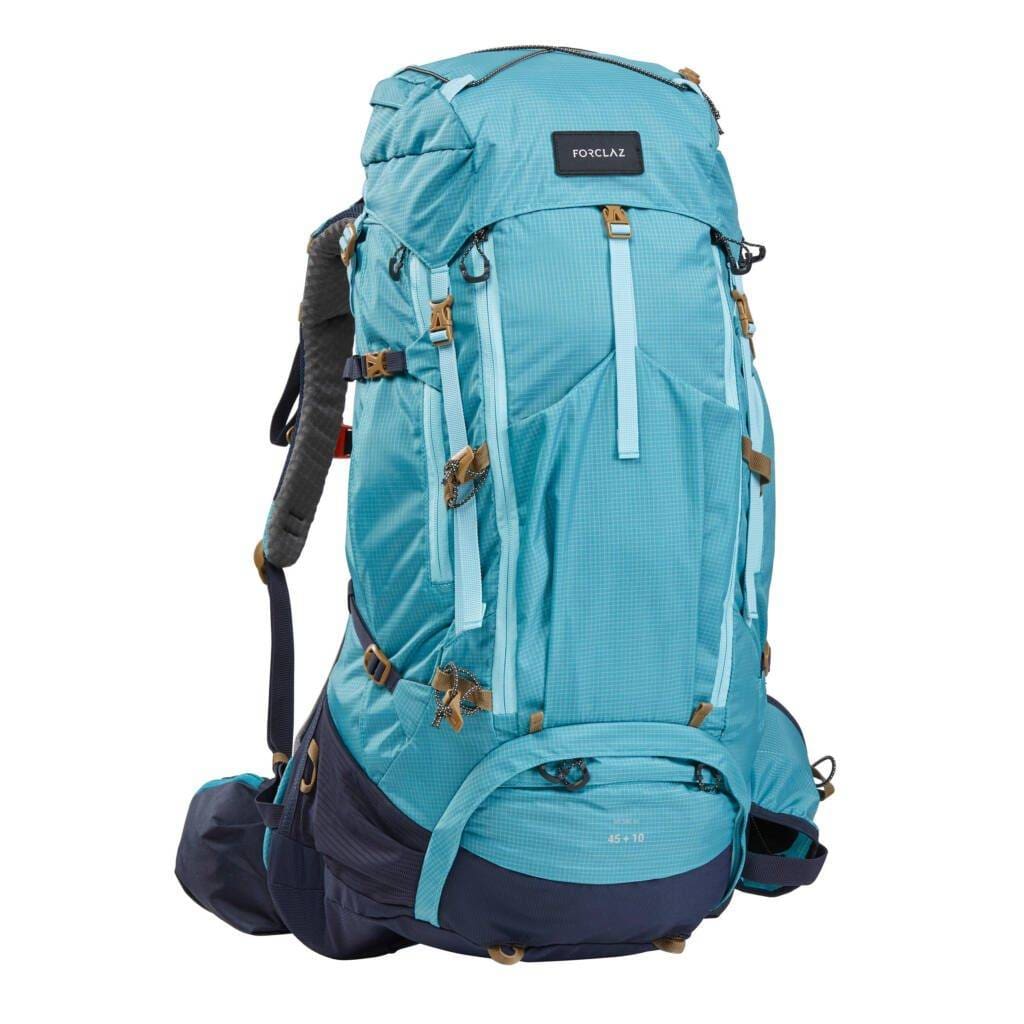
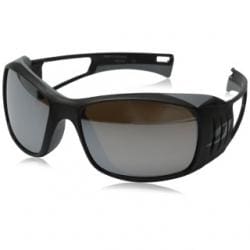

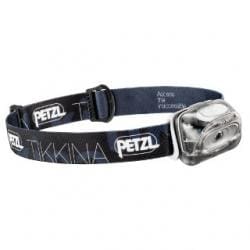
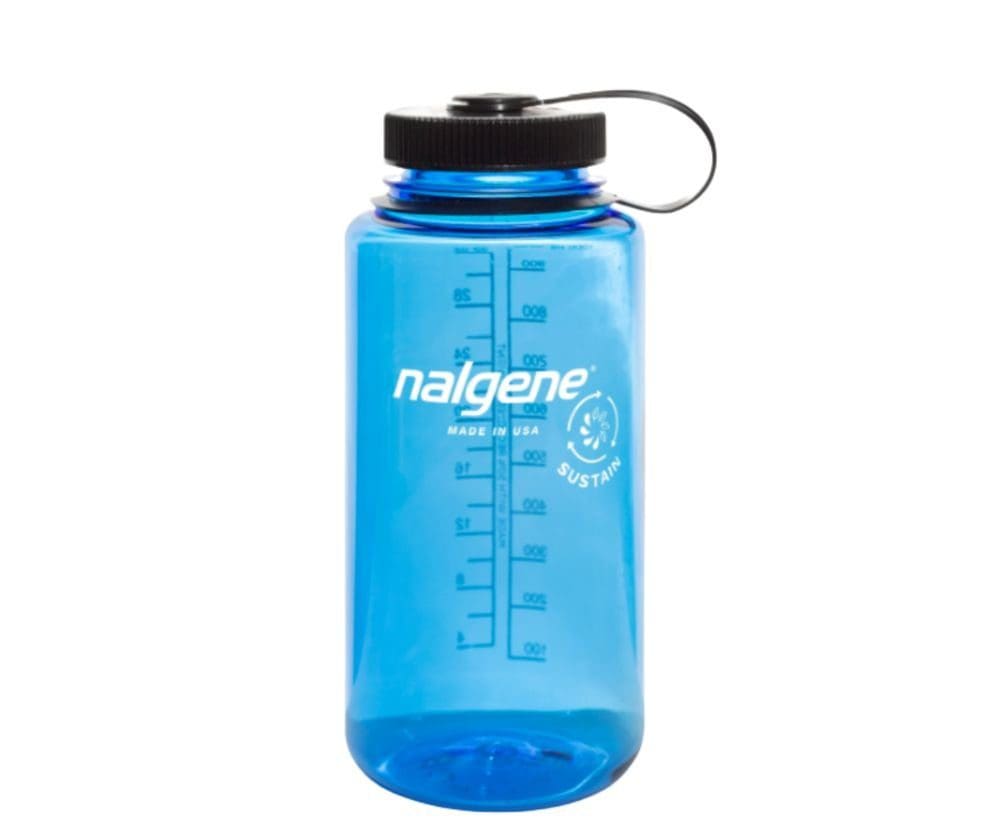
Sleeping gear and accessories
A good night’s sleep is essential to restore your energy and prepare for the next day’s climb. Here are the sleeping gear and accessories you should include in your Kilimanjaro packing list:
1. Sleeping Bag: Choose a sleeping bag that is rated for temperatures well below freezing. Look for a lightweight, compressible option that fits your body size.
2. Sleeping Pad: A sleeping pad provides insulation and cushioning between you and the ground. Opt for an inflatable or foam pad that is lightweight and comfortable.
3. Pillow: Although not essential, a small inflatable pillow can provide extra comfort during your nights on the mountain.
Ensure your sleeping gear is lightweight and fits well within your backpack. A good night’s sleep will contribute to your overall well-being and help you perform your best during the climb.
Hydration and water purification
Staying hydrated on Mount Kilimanjaro is crucial for maintaining your energy levels and preventing altitude sickness. Here’s what you need to consider:
1. Water Bottles: As mentioned earlier, pack sturdy water bottles or hydration bladders with a total capacity of at least 3 liters. Make sure they are easily accessible from your backpack.
2. Water Purification: While some routes provide treated water, it’s always a good idea to bring water purification tablets or a water filter. This ensures you have a backup plan in case clean water sources are limited.
Proper hydration is key to a successful summit. Drink plenty of water throughout the day and take advantage of opportunities to refill your water bottles or bladders.
Nutrition and food supplies for the climb
Fueling your body with the right nutrition is crucial during your Kilimanjaro climb. Here’s what you need to include in your food supplies:
1. Snacks: Pack a variety of high-energy snacks such as energy bars, nuts, dried fruits, and trail mix. These will provide quick bursts of energy during breaks and keep you fueled throughout the day.
2. Meals: Depending on your tour operator, meals may be provided or you may need to bring your own. If you’re responsible for your meals, opt for lightweight, dehydrated meals that are easy to prepare with boiling water.
3. Electrolyte Supplements: Consider bringing electrolyte powders or tablets to replenish lost minerals and prevent dehydration.
Proper nutrition is essential for maintaining energy levels and supporting your body’s performance during the climb. Plan your meals and snacks accordingly to ensure you have enough fuel throughout your journey.
Personal care items and toiletries
Although personal care items may seem trivial, they play a significant role in your comfort and hygiene during the climb. Here’s what you should include in your Kilimanjaro packing list:
1. Sunscreen: Protect your skin from the intense sun at high altitudes. Choose a high-SPF sunscreen and reapply regularly.
2. Lip Balm: Prevent dry and chapped lips by packing a lip balm with SPF protection.
3. Wet Wipes: Keep yourself feeling fresh by packing biodegradable wet wipes for quick hygiene routines.
4. Hand Sanitizer: Maintain good hand hygiene on the mountain by carrying a small bottle of hand sanitizer.
5. Toiletries: Pack travel-sized toiletries such as toothpaste, toothbrush, and a small towel for personal hygiene.
While personal care items may not directly impact your climb, they contribute to your overall comfort and well-being throughout the journey.
Optional gear for extra comfort and safety
In addition to the essential gear, there are a few optional items that can enhance your comfort and safety on Mount Kilimanjaro. Consider the following:
1. Portable Charger: Keep your electronic devices charged with a portable charger to capture stunning photographs or stay connected.
2. Camera: If you’re a photography enthusiast, consider bringing a camera to capture the breathtaking landscapes and memories.
3. Trekking Poles: While not essential, trekking poles provide additional stability and can reduce strain on your joints during steep ascents and descents.
4. Portable Altitude Chamber: If you’re concerned about altitude sickness, a portable altitude chamber can provide peace of mind and a safe environment for acclimatization.
Remember, optional gear should only be included if it enhances your comfort, safety, and overall enjoyment of the climb. Consider the weight and space limitations when deciding on additional items.
Tips for packing efficiently and reducing weight
Packing efficiently is crucial to ensure you have everything you need without carrying unnecessary weight. Here are some tips to help you pack smartly:
1. Make a checklist: Create a checklist of all the items you need to pack and cross them off as you go. This ensures you don’t forget anything essential.
2. Roll your clothes: Rolling your clothes instead of folding them helps save space and reduces wrinkles.
3. Minimize duplicates: Avoid packing unnecessary duplicates of items. For example, you may not need multiple pairs of pants or jackets.
4. Share gear: If you’re traveling with a friend or partner, consider sharing gear such as a tent or cooking equipment to reduce weight.
5. Wear heavier items: If there are heavy items that won’t fit in your backpack, wear them during your travel to reduce the weight in your bag.
By following these tips, you can optimize your packing and reduce the overall weight of your backpack, making your climb more comfortable.
Renting vs. buying gear for Mount Kilimanjaro
When it comes to gear, you may be wondering whether to rent or buy. Renting can be a cost-effective option, especially if you don’t plan on using the gear frequently after the climb. However, if you’re an avid hiker or plan to tackle other mountains in the future, investing in your own gear may be a better option. Consider your budget, future hiking plans, and personal preferences when deciding whether to rent or buy.
Conclusion: Ready to conquer Mount Kilimanjaro
As you plan your journey to the rooftop of Africa, remember that proper gear is essential for a successful summit. Whether you’re a seasoned hiker or a first-time climber, having the right equipment ensures your safety, comfort, and enjoyment throughout the climb. From clothing and footwear to backpacks and sleeping gear, our comprehensive packing list has covered all the essentials you need to conquer Mount Kilimanjaro.
So, pack your bags, prepare yourself mentally and physically, and get ready for the adventure of a lifetime. With the right gear and a determined spirit, you’ll be well-equipped to reach the summit and savor the breathtaking views from the top of Mount Kilimanjaro. Bon voyage and happy climbing! Visit our climbing packages
